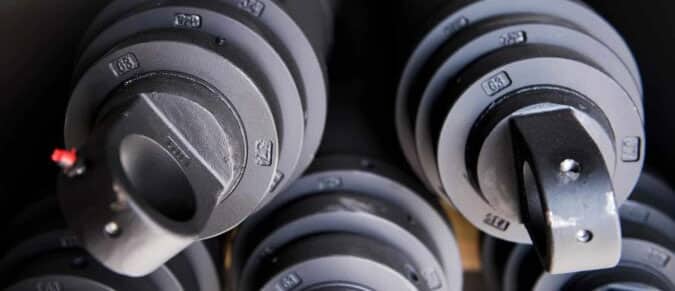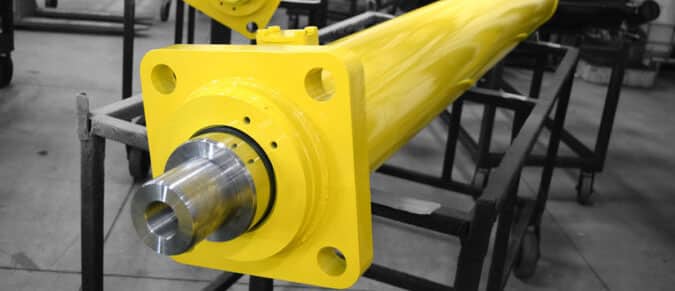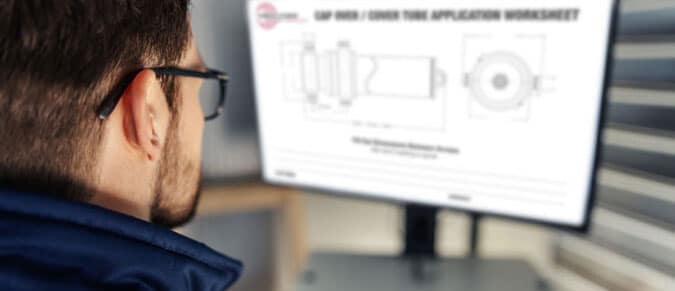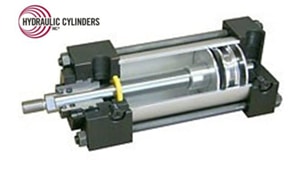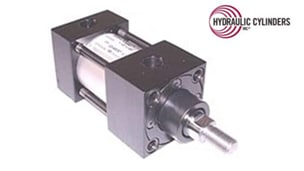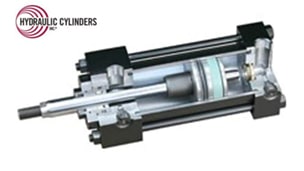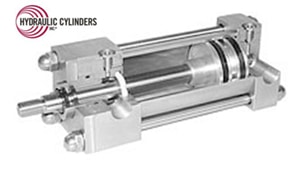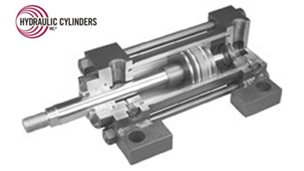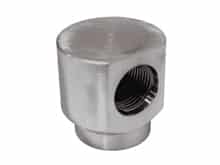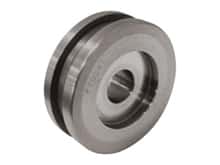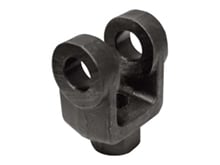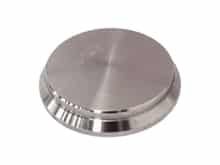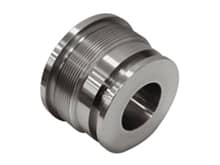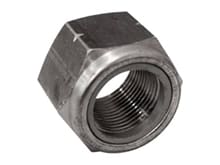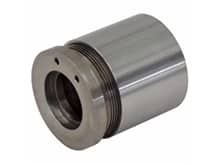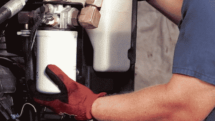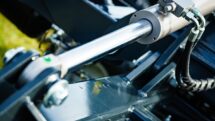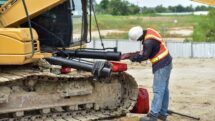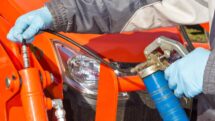How Do I Know It’s Time to Repair My Hydraulic Cylinders?
Hydraulic cylinders are industrial powerhouses that perform at a high level to keep your equipment operating as designed. As cylinders are an integral part of mobile and industrial machinery, it is critical to recognize when your hydraulic cylinders are broken, worn, and need repairs.
Signs of Hydraulic Cylinder Wear & Damage
By understanding and recognizing the signs that your hydraulic cylinder is damaged, you can avoid costly downtime in the field. Watch out for these warning signs that it’s time to repair your hydraulic cylinders.
Unusual Noises During Normal Operation
Loud sounds, banging, and knocking are caused by air within a hydraulic system and can signify cavitation. Cavitation occurs when hydraulic cylinder parts do not receive adequate fluid. This deficit results in a drop in pressure and rapid fluid evaporation and, if ignored, can cause extensive damage to your equipment.
Juddering Movements
Jerking and unsteady movements, called juddering, are signs that your cylinder requires repairs. The stilted motion is often a sign of increased friction and wear in your hydraulic cylinder, usually caused by worn seals, inadequate lubrication, or more severe issues such as a bent or damaged cylinder rod.
Overheating Hydraulic Cylinders
A high operational temperature can be expected for certain types of hydraulic cylinders, but most cylinders should not rise above 80°F. Higher-than-normal operating temperatures can be a symptom of various damages. Monitor your cylinders’ temperatures during regular maintenance and cylinder inspections to promptly address any damage.
Uneven Cylinder Rods
Piston rods with wear on one side are a sign of misalignment, extreme lateral loading, bent rods, or other internal damage. Uneven cylinder rods should be repaired as soon as possible as they will cause a drop in power and efficiency, leading to hydraulic system failure.
Leaking Fluids
Leaking fluids can be a sign that your cylinder contains worn seals, eroded component parts, or other internal damage. Once you’ve identified and repaired the leak source, work with a professional service to carry out fluid tests and verify if your hydraulic fluid has been contaminated. If it has, further repairs and maintenance will be necessary.
Demolish Repair Downtime with Built-to-Last Hydraulic Cylinders & Component Parts
Closely monitoring your hydraulic system and quickly conducting repairs is the best way to prolong the lifespan of your equipment. Eventually, however, you may find that it’s time to replace your hydraulic cylinder. HCI is here to help. We’ve built our business around you, and our expert staff is ready to identify the best hydraulic cylinder or component part for your equipment.
Contact us today to learn more about how we can assist you and your equipment.

